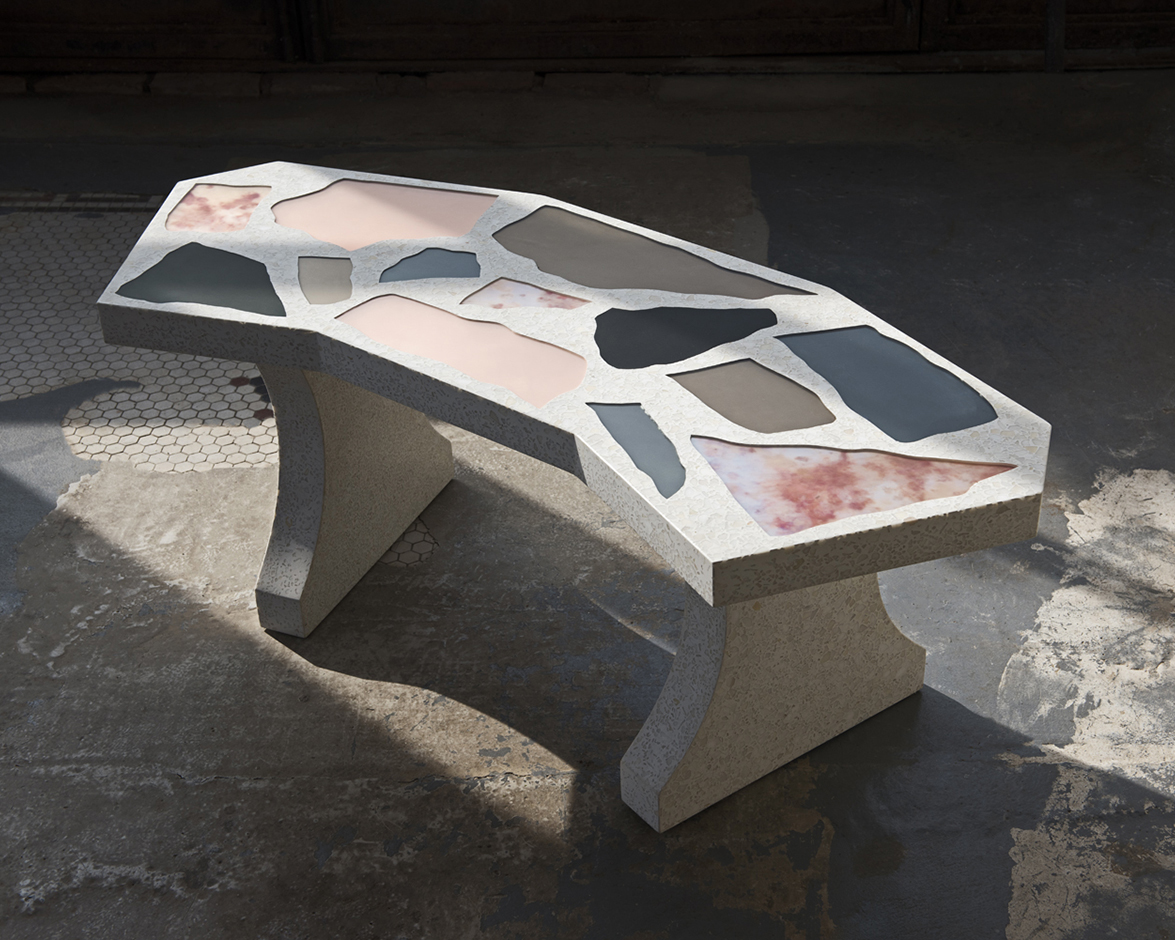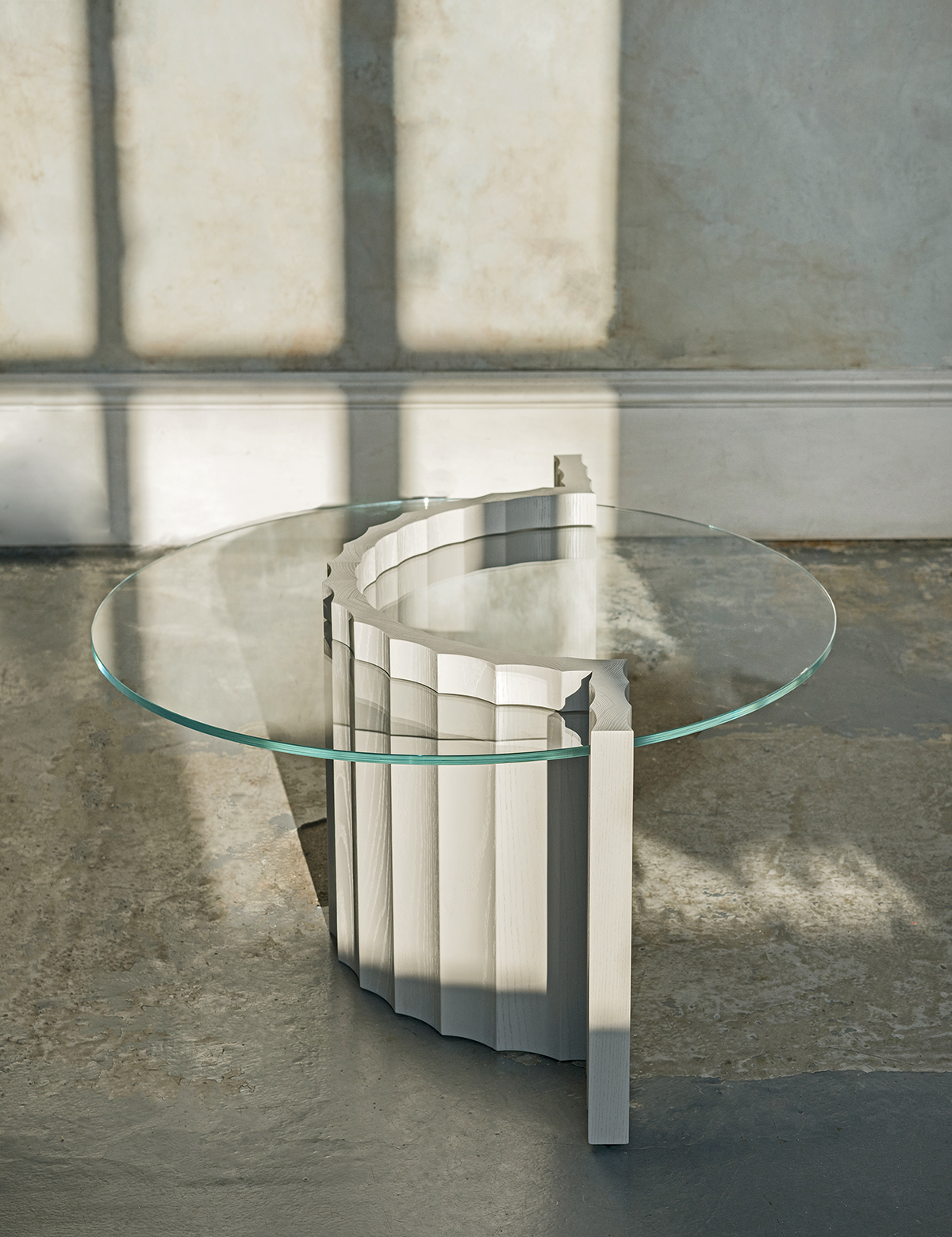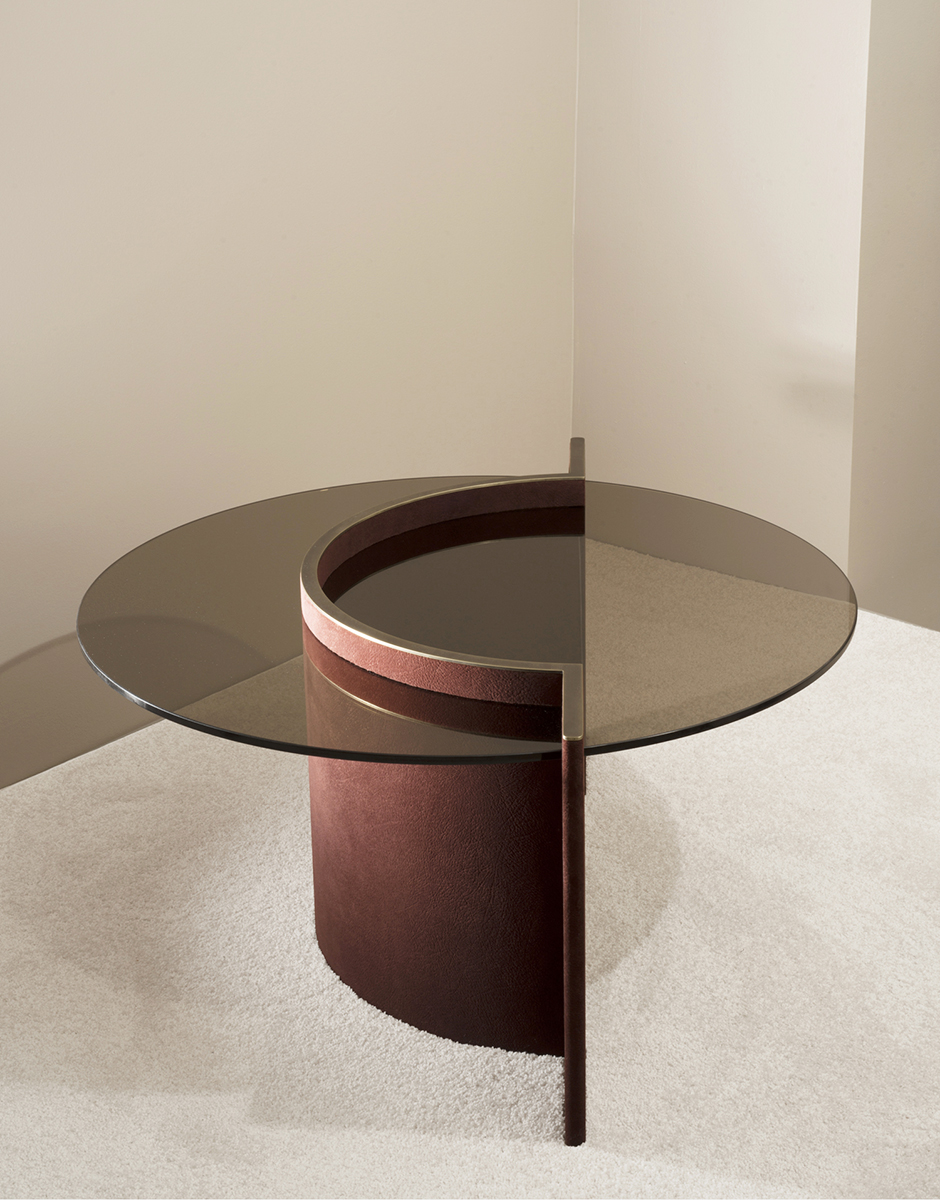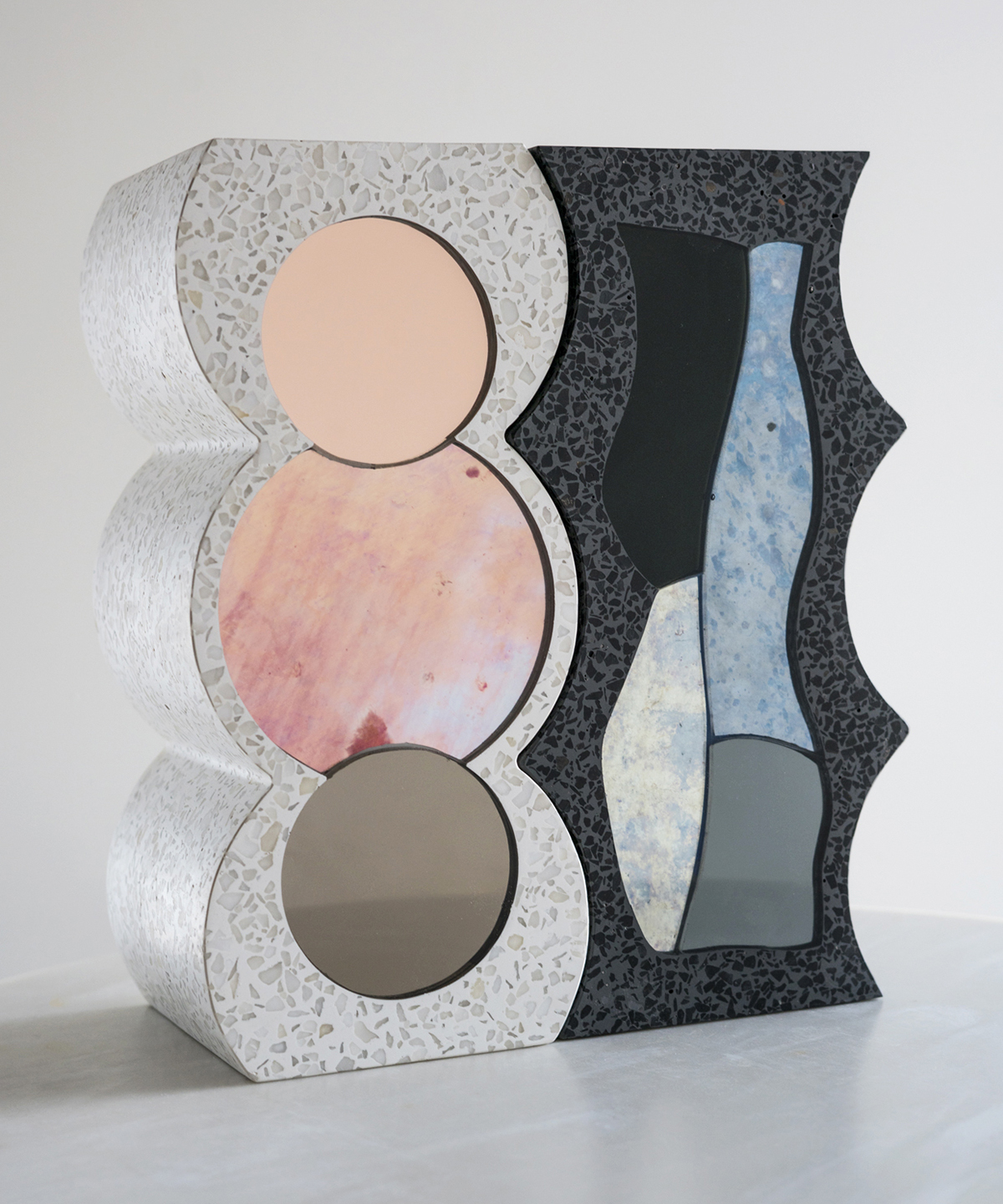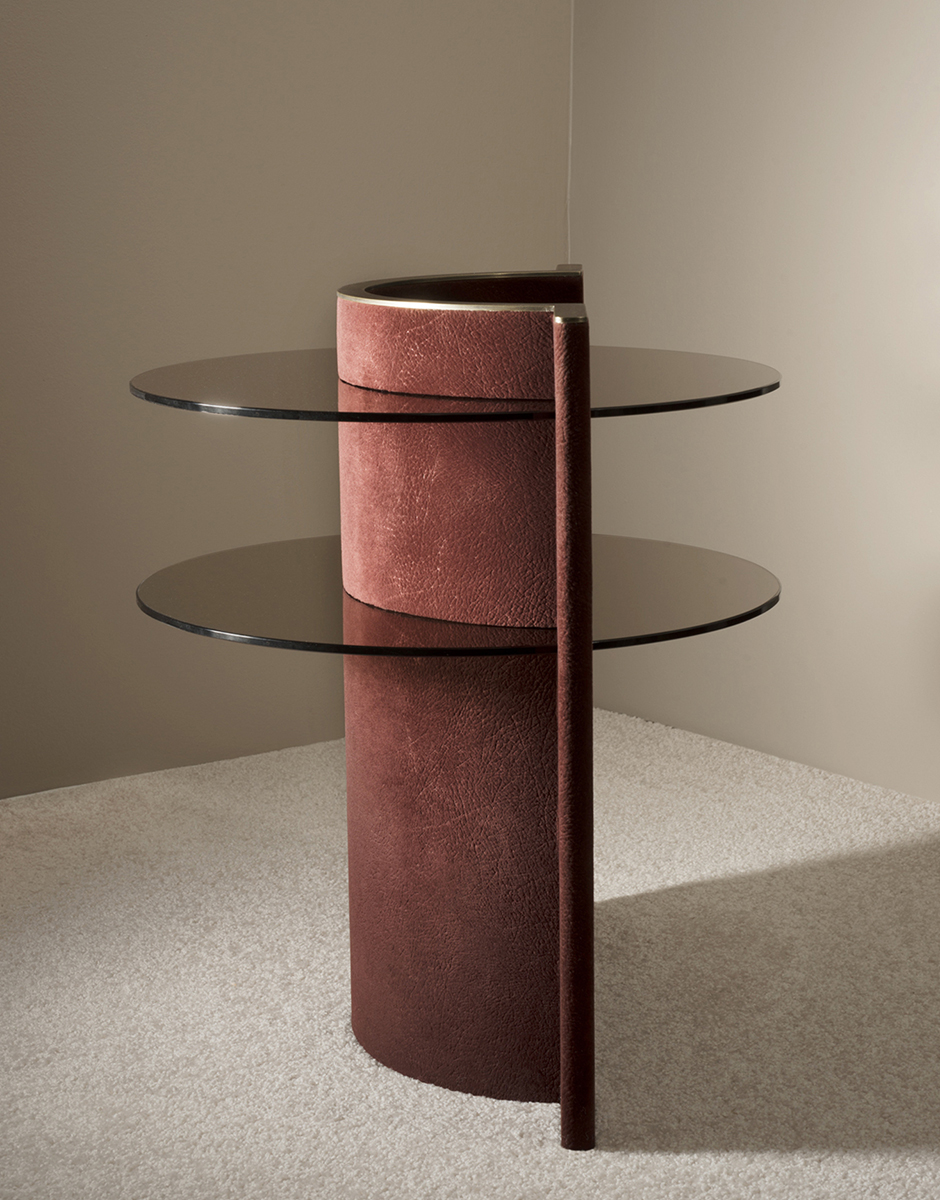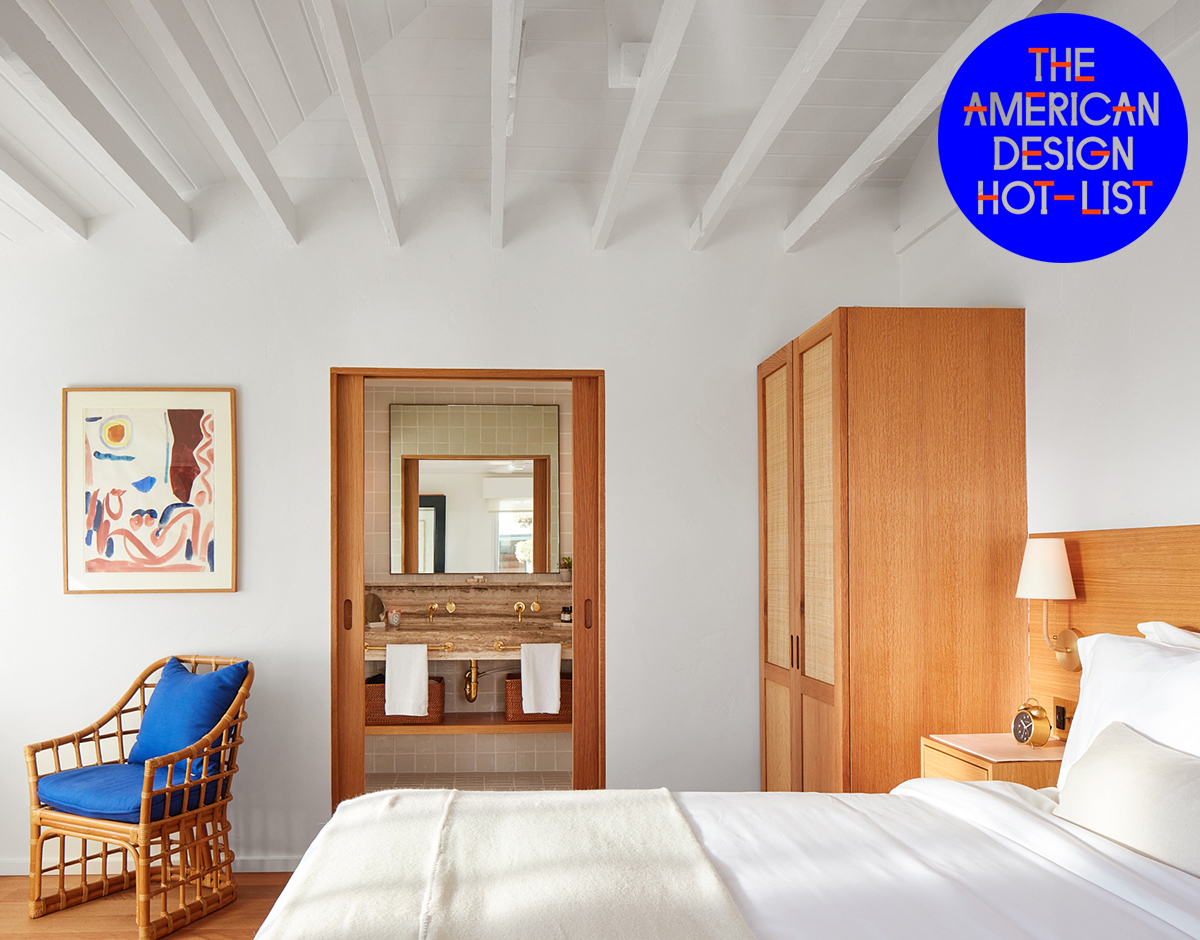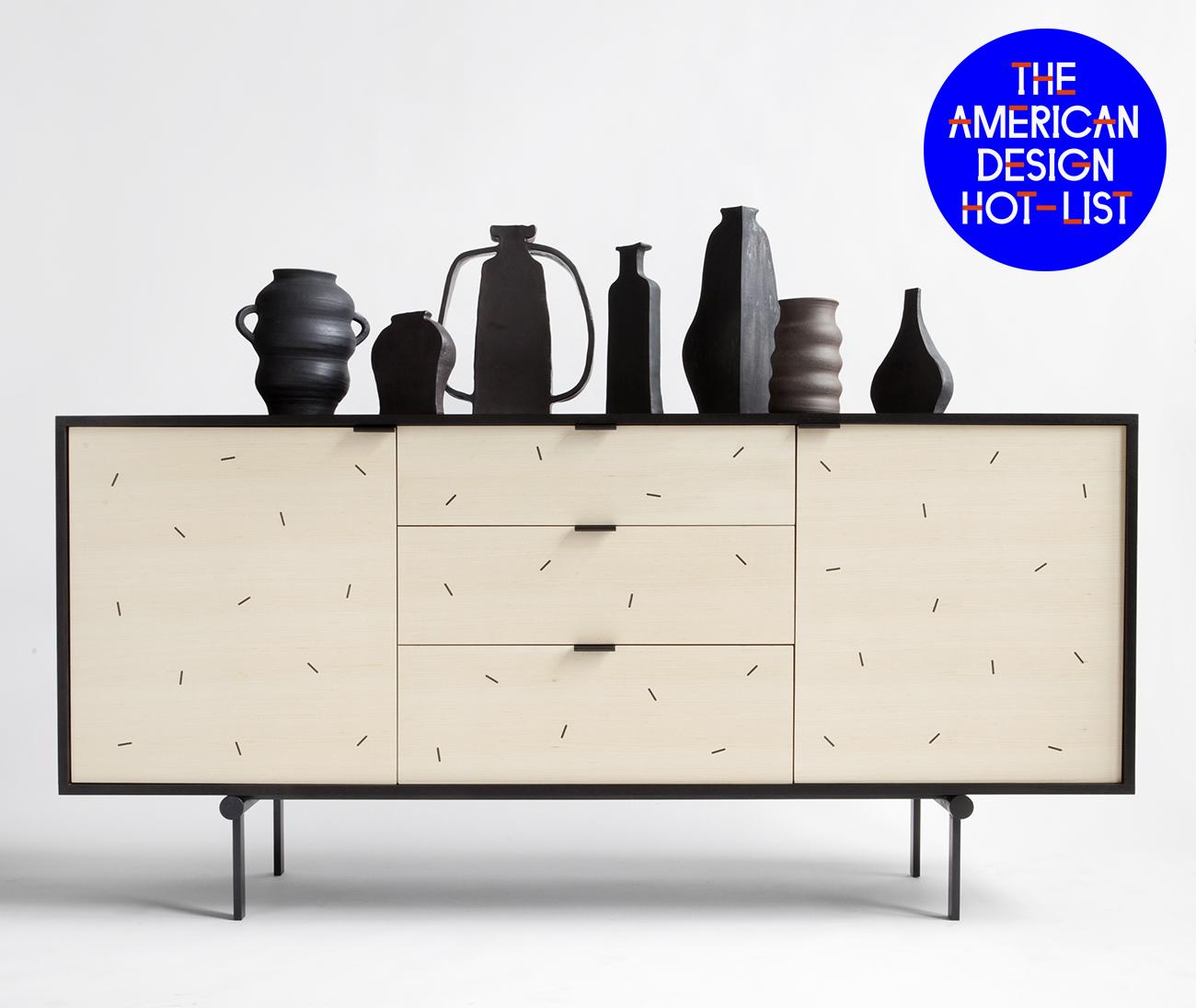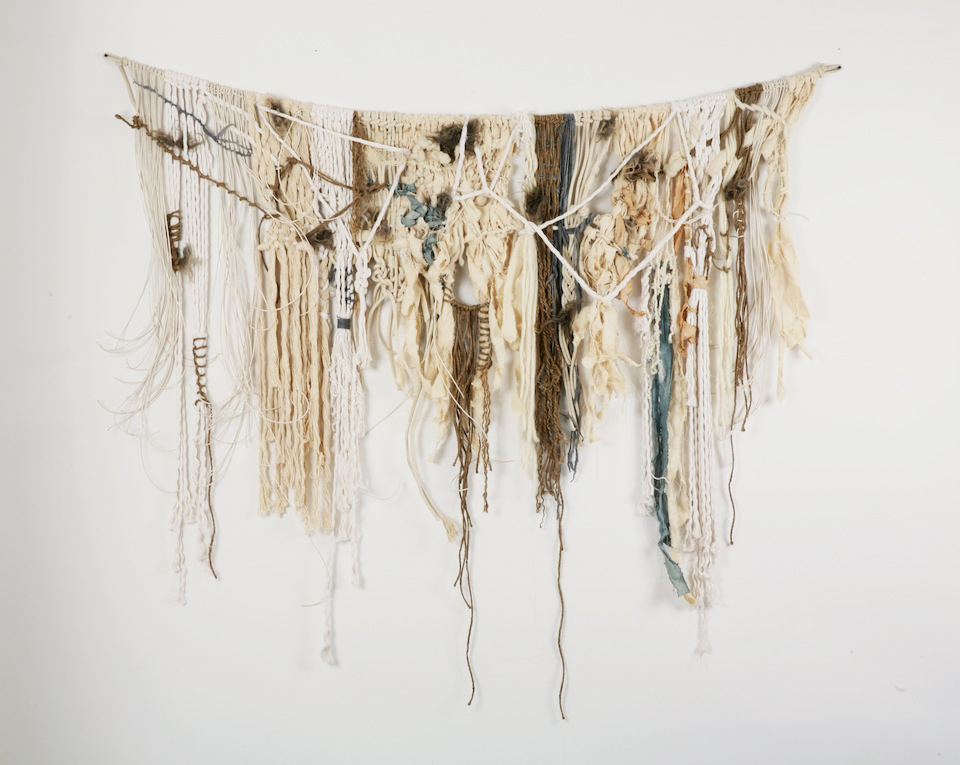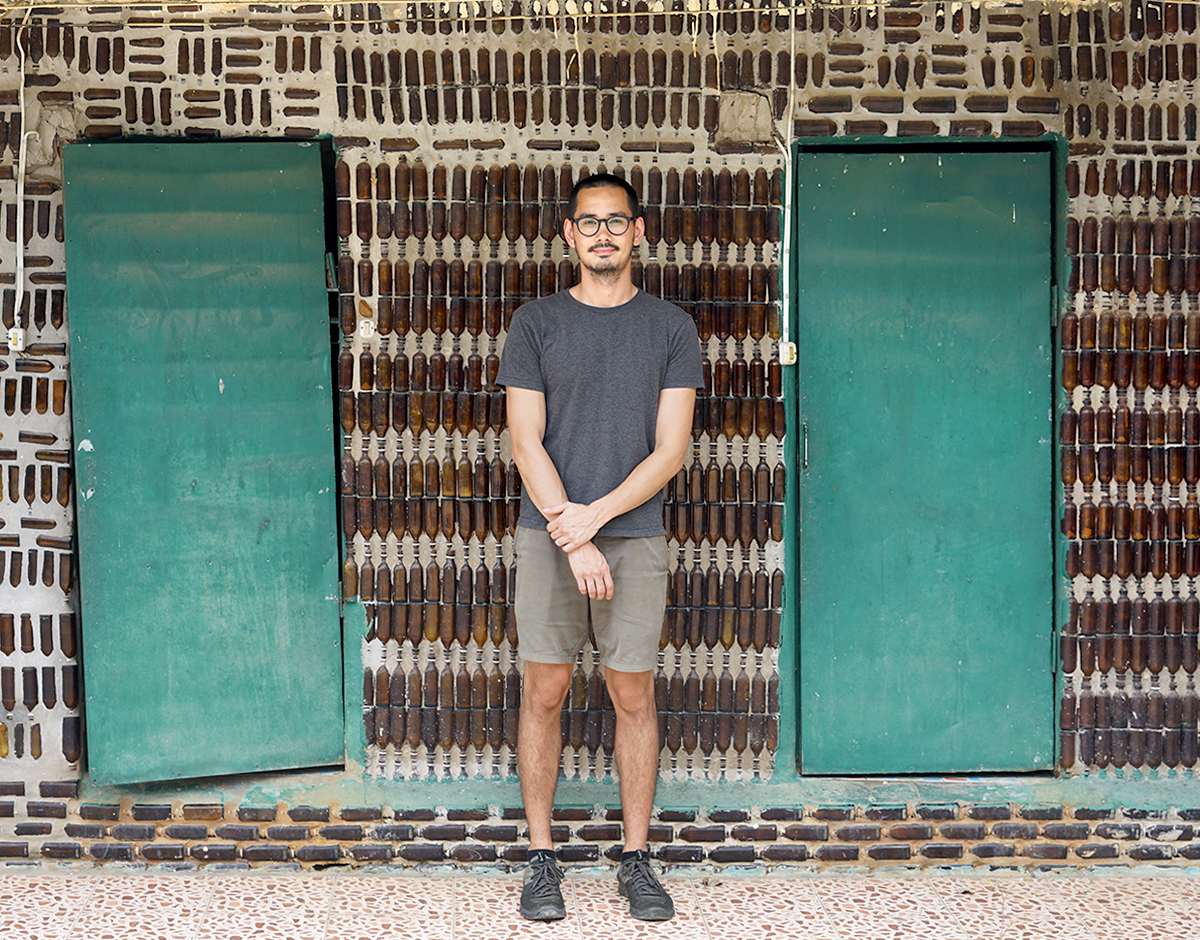
09.21.20
Sight Unseen Presents
Guest Editor Robert Sukrachand Wants Us To Embrace the World’s Diverse Design Perspectives
As part of our 2020 Guest Editors series, we’ve asked each editor to write a personal essay that introduces themselves and the ideas and inspirations behind their week of content on Sight Unseen. Today, meet Robert Sukrachand, a New York furniture designer and American Design Hot List alum whose work “seeks to create a dialogue between craft disciplines, cultural histories, and material forms.” All of the stories we’ll be posting between now and Friday have been either written by or chosen by Robert.
When I was young, I was desperate for an idiom that might focus the blurry lens through which I interacted with the world. ‘Third Culture Kid’ seemed to hold the most clarifying promise. Having been raised in a homogeneously white and middle-class suburb of Boston by my American mother, but spending all of my summers with my father in his native Thailand, my adolescence played out like a very slow game of cultural ping pong. This annual whiplash calcified a feeling of alienation which impeded that most elemental of human desires: an uncontested sense of belonging. Lately I’ve turned towards my design practice to see if it could act as a balm for the chafing effects of this disorientation. That was the mindset I adopted in designing Mirazzo, a collection of mirror and stone–aggregate benches which reinterpreted Thailand’s terrazzo street furniture through my own material vernacular. This was an attempt to build upon a hybrid form in which no single designer — but rather Thai material society more broadly — had for a century been reimagining an Italian construction technique and incorporating it into everyday Thai life.
The affliction of in-between-ness is also what led me to begin inviting my American design friends to come to Thailand this past year. Our goal was to learn from the country’s rich heritage craft traditions and commune with the vibrant contemporary design scene in Bangkok. This cross-continental exchange was meant to culminate in the launch of a new company at the end of 2020, one that would create design conversations that wove together these disparate voices on a shared and equal stage. Just as our momentum was building, a global pandemic arrived and promptly put this new venture on hold. Extended lockdowns, which excavated time and rage within our collective American consciousness, also created space for a mass of our society to begin an overdue engagement with the truth that not only do Black Lives Matter, but that Black creativity is elemental, and not peripheral, to our broader culture.
As I began confronting my own privilege and participation in our dominant system, I asked myself, what would the terms of a fuller, more respectful engagement with the world’s diverse design perspectives look like? The Kenyan writer Ngũgĩ wa Thiong’O, in his book Moving the Centre, offered a clarifying paradigm, one in which we can hold on to our own identities while also remaining open to the influences of our neighbors. In this way, Thiong’O writes, “The wealth of a common global culture will then be expressed in the particularities of our different languages and cultures very much like a universal garden of many-colored flowers. The ‘flowerness’ of the different flowers is expressed in their very diversity. But there is cross-fertilization between them. And what is more, they all contain in themselves the seeds of a new tomorrow.”
The dominant European design canon does not need to be abandoned, but it definitely needs to be uprooted from its perceived centralness
I’ve tried to embrace this sentiment in earnest, and have sought out these cross-fertilization points as the first step towards decolonizing my own design consciousness. If we accept that such a process must occur first within our minds — that there is a great unlearning that needs to occur — then we should prepare for a difficult journey. As the graphic designer Simba Ncube put it, decolonization is like getting “a fish to understand that it’s in water.” If the water is a Eurocentric worldview, then our first act should be to swim towards the nearest confluence. The dominant European design canon does not need to be abandoned, but it definitely needs to be uprooted from its perceived centralness. It should be one, but not the sole, tributary that influences the boundaries of our imaginations.
In order to arrive at these rendezvous points with an expansive mind, I’ve aimed to stop trafficking in the binary language that separates “craft” from “design,” or “primitive” from “modern.” The rigidity embodied in these distinctions is a tool that reinforces colonial hierarchies. Freeing ourselves from this either/or mentality, we can begin to accept that all material culture finds itself on a spectrum of intersections; that its creators are fluid, complex, and defiant of reduction. This is the lens through which I approached the work I opted to include in my Sight Unseen coverage this week, like that of Akosua Afriyie-Kumi, the founder of Ghana-based AAKS. Her vibrant lighting and accessories are as contemporary as they are rooted in the cultural traditions of the Malian and Ghanaian weavers she collaborates with. Bangkok-based Thinkk Studio — by tapping into indigenous Thai materials, modern manufacturing, and global design currents — paint a complicated picture of a country always borrowing and evolving. Their work offers a refreshing narrative on what it means to be Made in Thailand.
Then there are those who dive head-first into these interwoven spaces in their daily practice. The self-described nomadic ceramicists of Ibkki pursue a respectful framework of cultural engagement through their work alongside Berber pottery artisans. Drawing inspiration from their Algerian counterparts, but consciously avoiding a recitation of their motifs, they create new rather than derivative forms. Any designer who engages with a culture or community that is not their own walks through murky territory in which they may be accused of neo-colonialism, insensitivity, or worse. But there are many of us who navigate this uncertainty not by choice, but because it is our inheritance. There is little time to be concerned with perfectionism. Arriving at these meeting points with the courage to make mistakes pushes us to look for new modalities of engagement that are respectful and self-aware. The Botswana brand Mabeo Furniture, the Mexican arts foundation Casa Wabi, and the Brooklyn rug brand Tantuvi have baked into their practices a commitment to using art and design to create novel dialogues across traditional barriers of geography or culture. Their collective wisdom, explored in a round table discussion to be published later this week, is a roadmap for those of us who wish to ask difficult questions or commence our own journey. Peter Mabeo cut to the core of the matter in a single thought: “The product is just the outcome; it is secondary. Making a product is really just an excuse for us to relate, you know?”
There is a refuge to be found if we allow the messiness of our modern lives to come to the fore, especially when it allows us to better relate to the stories of others.
I’ve come to learn that being a citizen of nowhere has an inherent beauty in it. There is a refuge to be found if we allow the messiness of our modern lives to come to the fore, especially when it allows us to better relate to the stories of others. Designers whose practices embrace this liminality are, in my opinion, the futurists among us: the antidote to the status quo. I am grateful for the opportunity to witness their journeys which have and will continue to guide my own. Their work — seen through my decidedly subjective eyes — represents those “seeds of a new tomorrow,” and I hold great hope that our paths will continue to cross and enlarge upon each other.